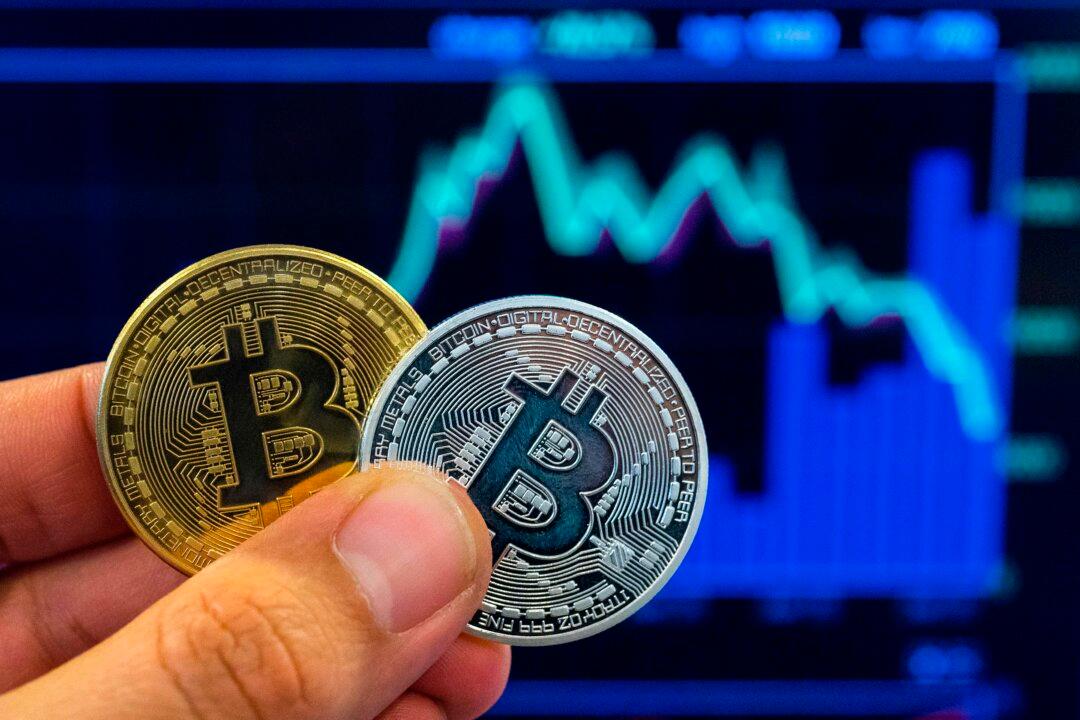Both bitcoin skeptics and supporters get too hung up on the price. If the price is up, bitcoin is taking over the world, say the supporters. If the price is down, it’s proof that bitcoin is a scam or a bubble, according to the skeptics.
The problem with this simplistic analysis—it depends on the whims of a very volatile monetary instrument. Supporters thought the financial revolution was here at $20,000 in December of 2017. Skeptics thought bitcoin finally died when it briefly crashed below $6,000 in February of 2018.





